The first edition of the song book ” Kun je nog zingen zing dan mee” (If you can still sing, sing along) was published in 1906 and the book has had numerous editions since. It is one of the most published books in Dutch publishing., with over a million copies sold.
The collection contains contemporary songs (second half of the 19th and early 20th century), intended for active singing practice, written by Dutch lyricists and tone poets. The subtitle states from the first edition that the songs chosen in this anthology are ‘generally known’. The book was intended for 8 to 80 years, for school and home, for folk singing schools and choirs.
Over the years the DACC has had numerous donations of that book. It probably has been the most donated book to the DACC ever.
WWII publication was published in Melbourne
In our archives we also have a special edition of this publication It has a bright orange colour and the size is also different from other editions. On the cover it said ‘Uitgave der Stichting ‘Nederland ter Zee’ and on the back ‘Melbourne Maart 1943 2nd edition’.
The most likely reason for this publication was that during WWII, the publication of the song collection in the Netherlands was forbidden by the Nazi occupation authorities because of the patriotism and nationalism of various songs. However, a songbook with the same title was printed in Melbourne in 1943. The cover is deep orange and mentiones: ‘Edition of the Stichting ‘Nederland Ter Zee’. (Foundation Netherlands at Sea)’. On the back it is stated that songs have been taken from four collections, including ‘Can you still sing’ Kun je nog zingen’.
Stichting ‘Nederland Ter Zee
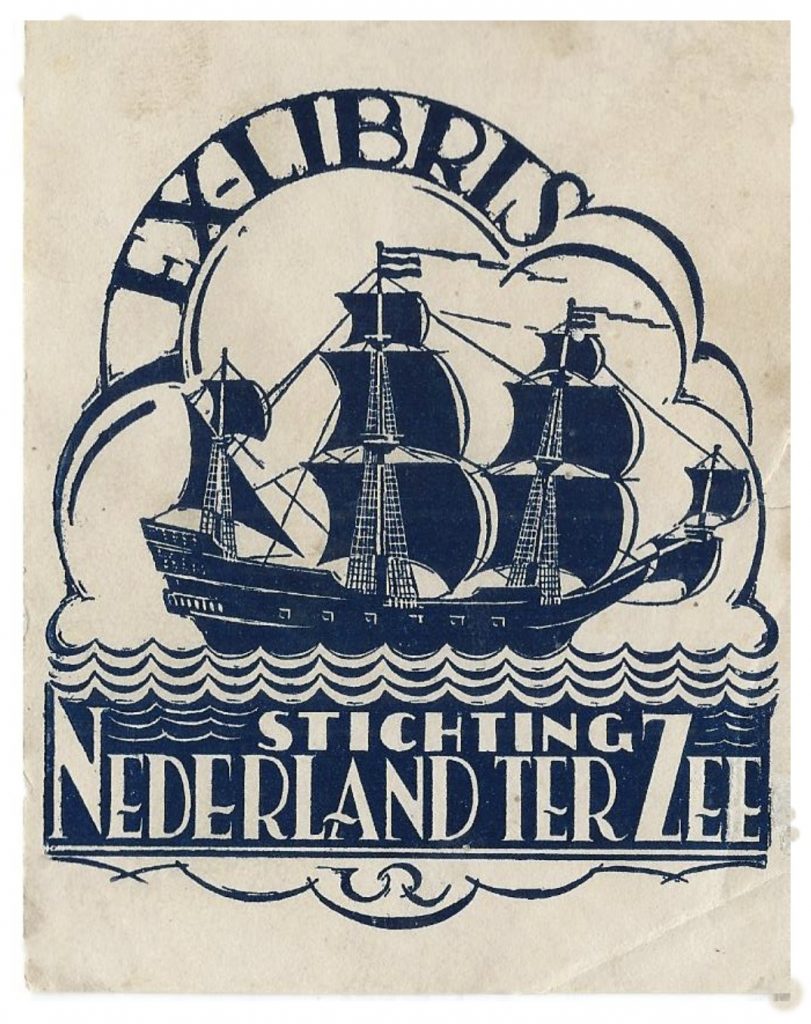
But who was this Stichting ‘Nederland Ter Zee’? DACC researchers discovered in Dutch newspaper archives an article in Dutch East Indies papers about the birth of this foundation.
The foundation started in the Netherlands East Indies (NEI), after the Netherlands was occupied by the Nazis. After the Japanese occupation of NEI, most likely what happened was that the songs were published in Melbourne in (free) Australia. It looks like that was a local initiative as the publication is not part of the official history of the song book.
Below is the article in the Sumatra Post of 13 February 1941 (in Dutch)
As these newspapers are equally unique, we included copies of them. They both have similar articles on the Stichting as illustrated above.
Below is a unique picture of Queen Beatrix playing biljarts. Interestingly the caption says that this took place at the Stichting Nederland ter Zee in New York. This article is from 1963 and could indicate that the Stichting was represented in various countries, most likely those with significant numbers of migrants
Back to the ;original; publications. Researching the editions in the DACC archives, delivered several interesting covers. Each edition is interesting as some songs have been discarded and others inserted. There are books with the music as well as text only booklets. One of the text booklets-only from 1936 is interesting as it contains the national hymn from the Principality of ‘Lippe’ in Germany, the birthplace of Prince Bernard, who was married to Queen Juliana. This hymn had at that time just been introduced to the populace. The 1943 edition backcover lists the sources for the contents.
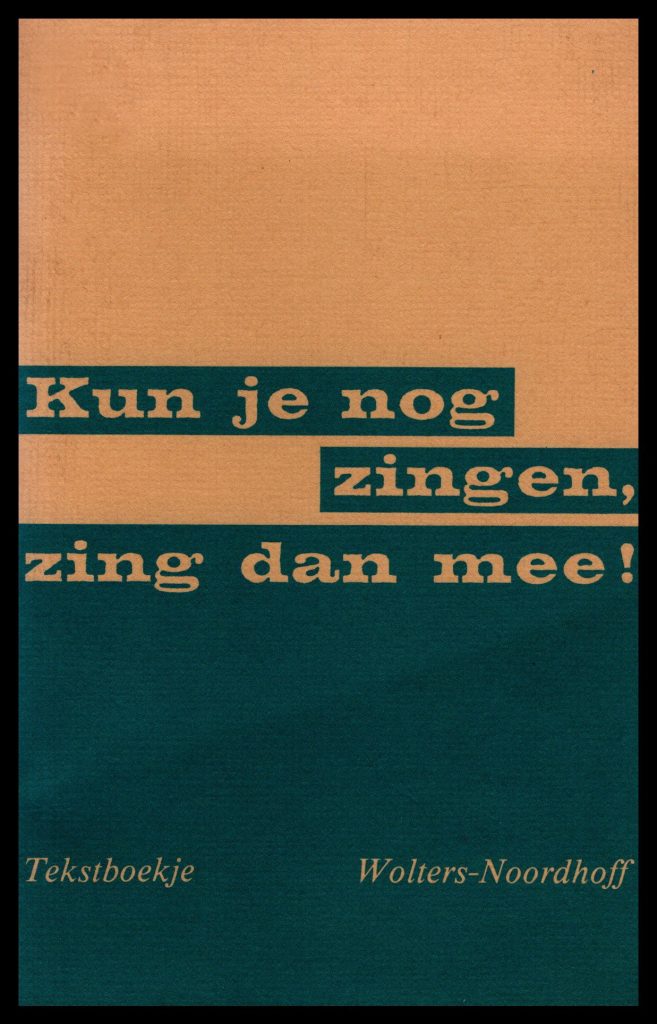
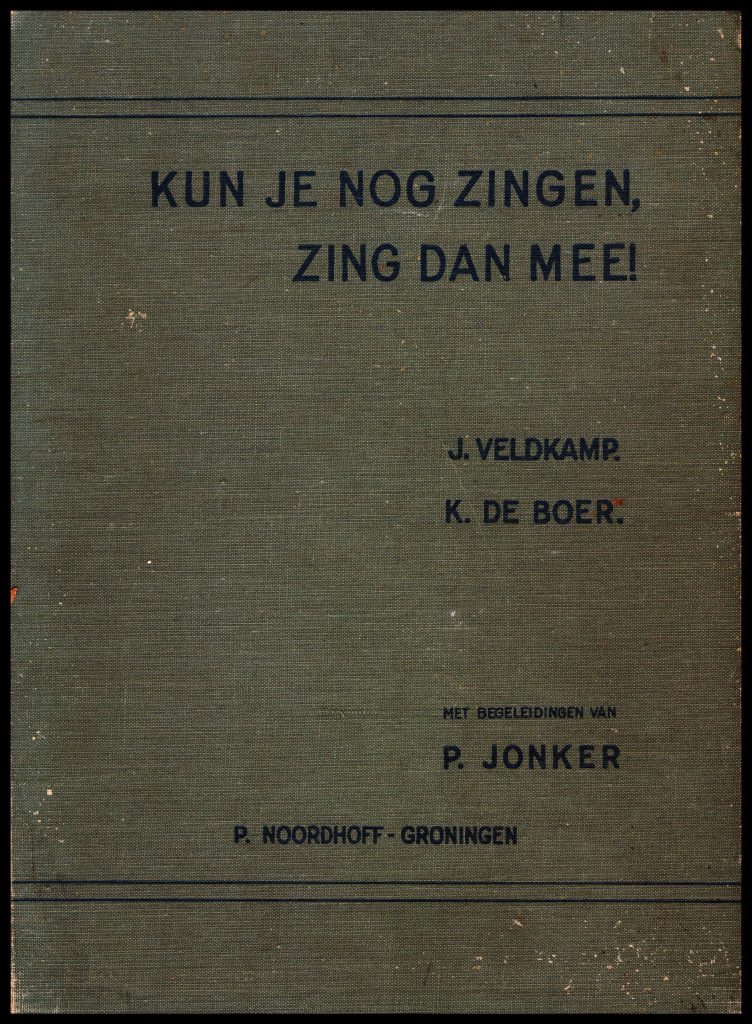
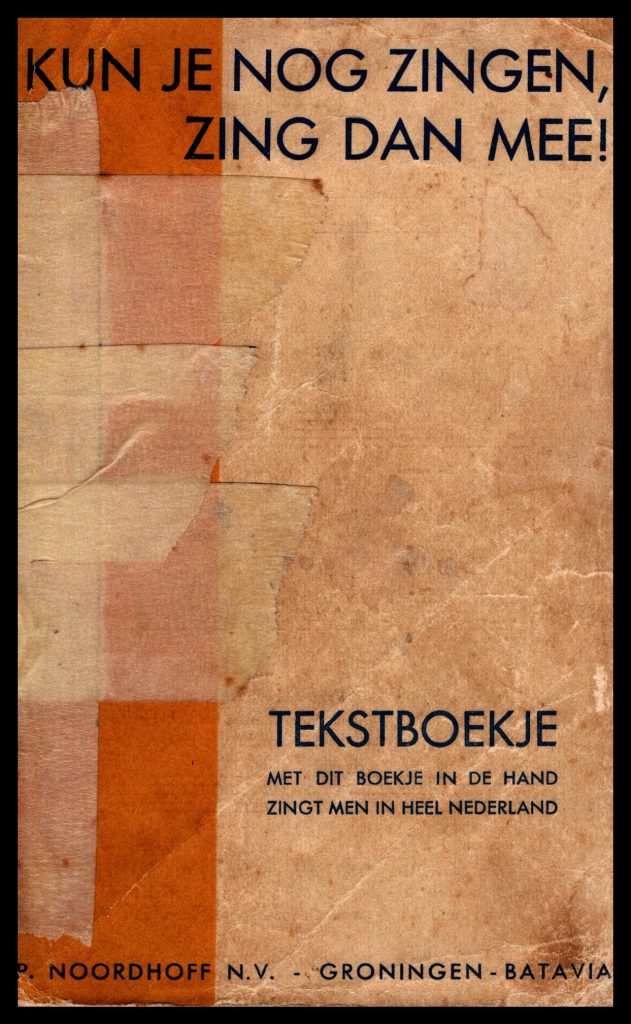
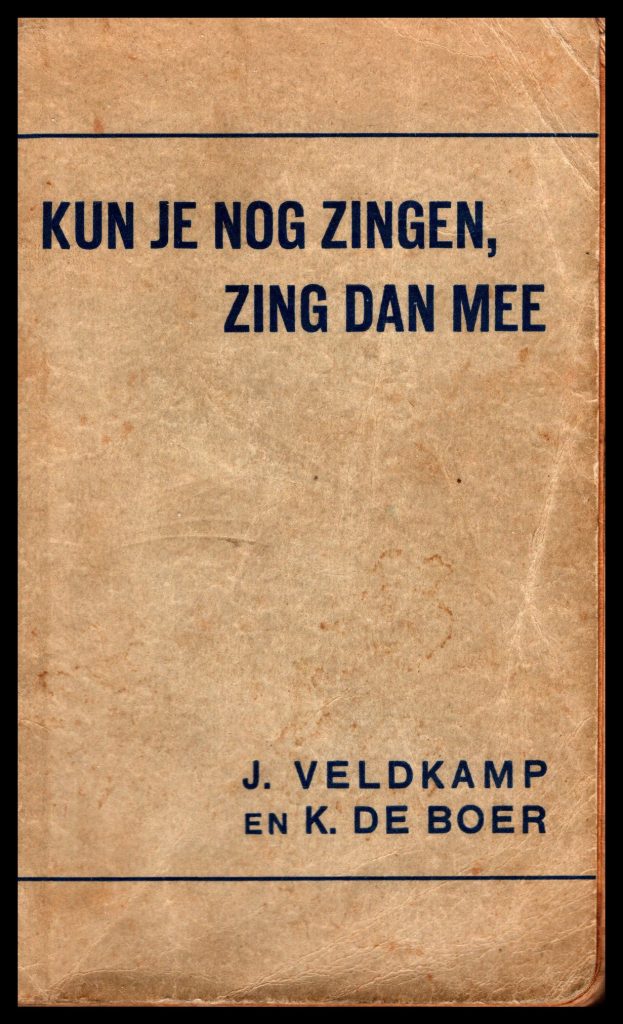
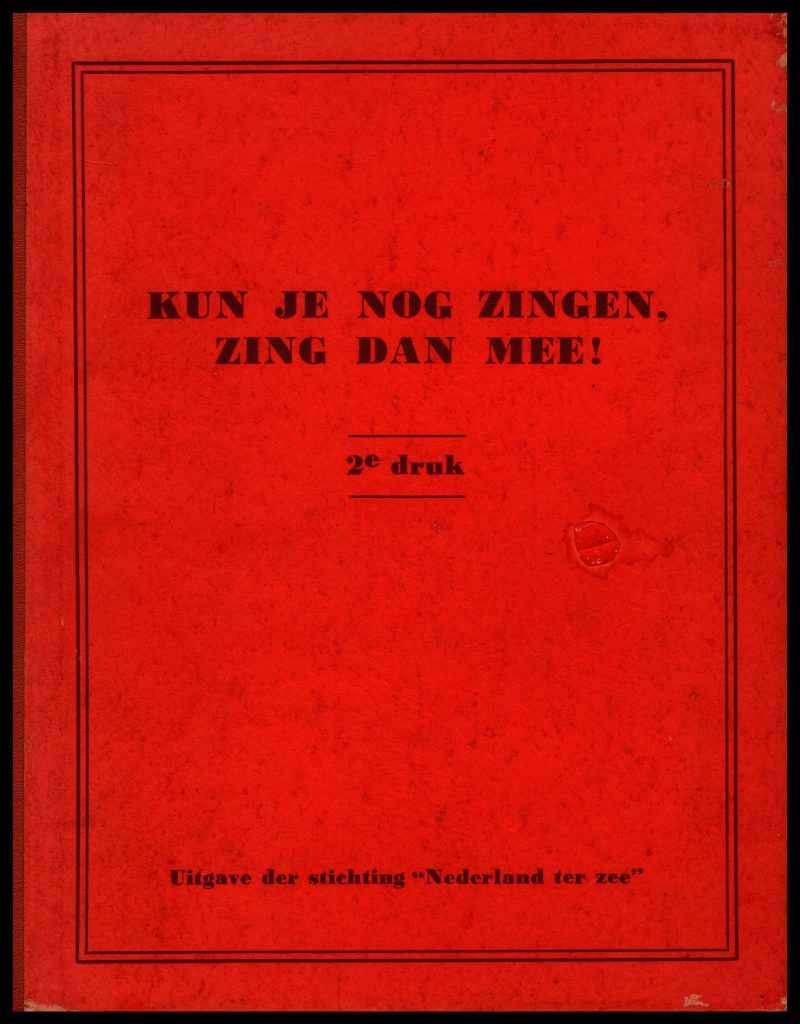
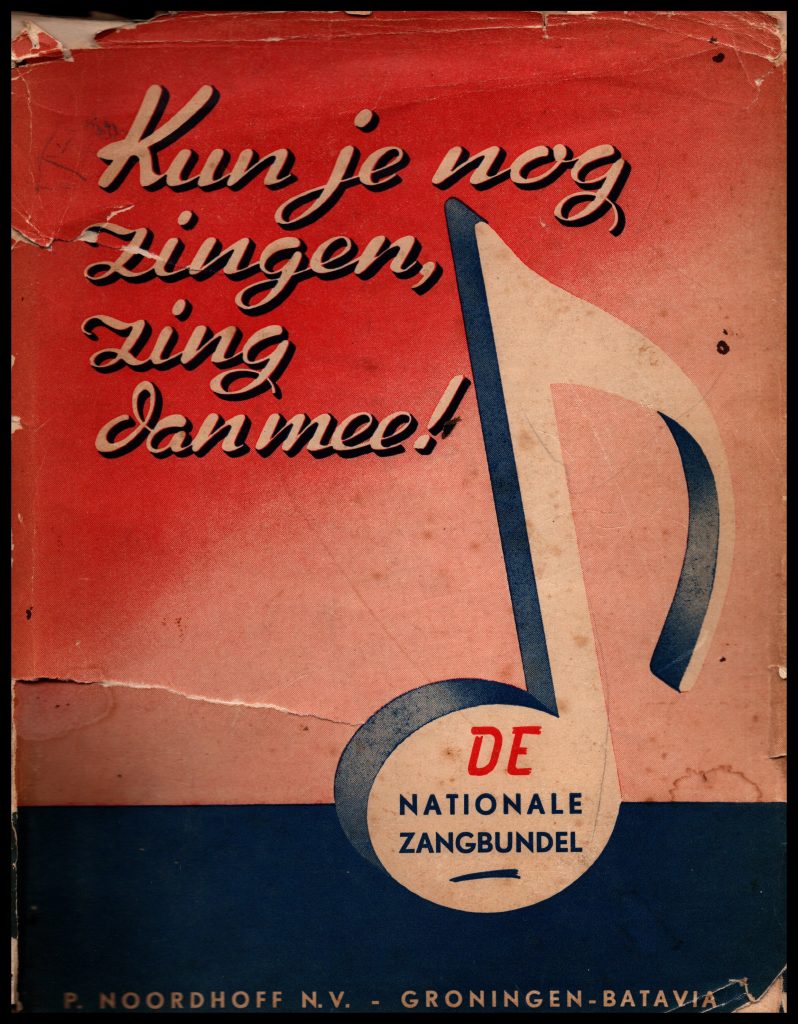
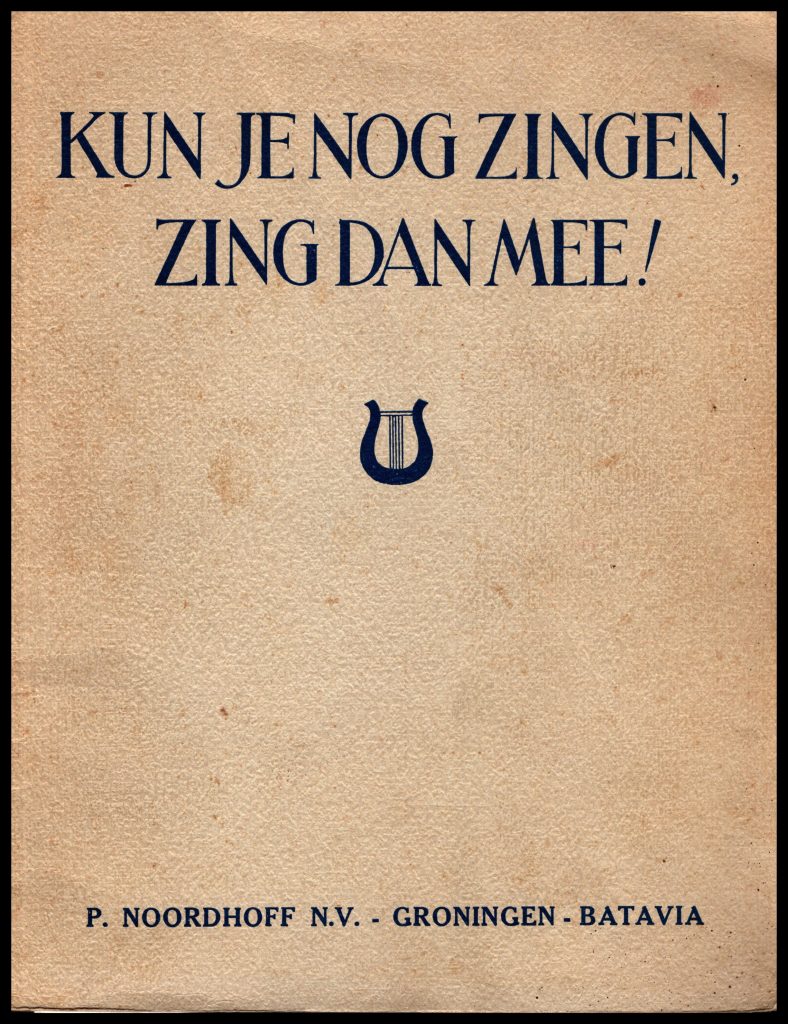
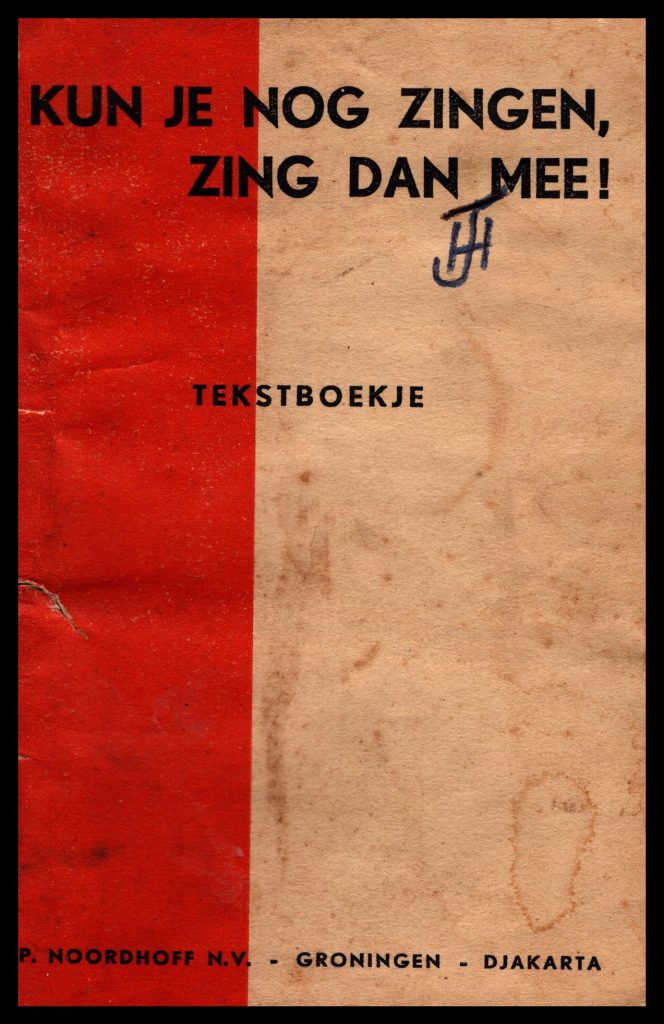
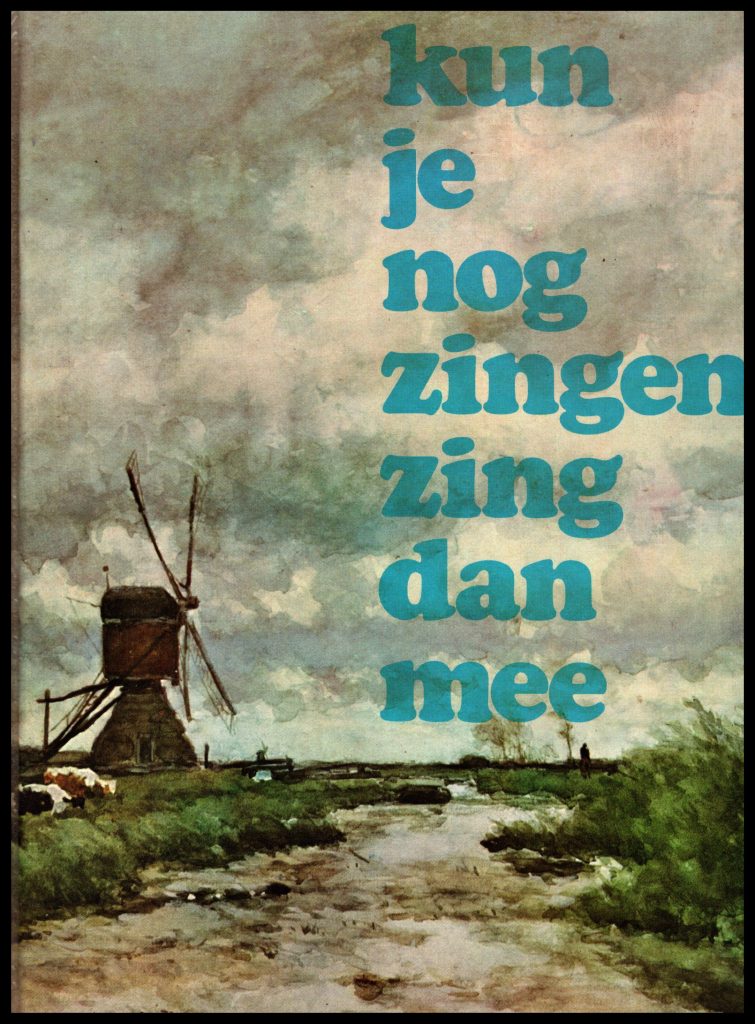

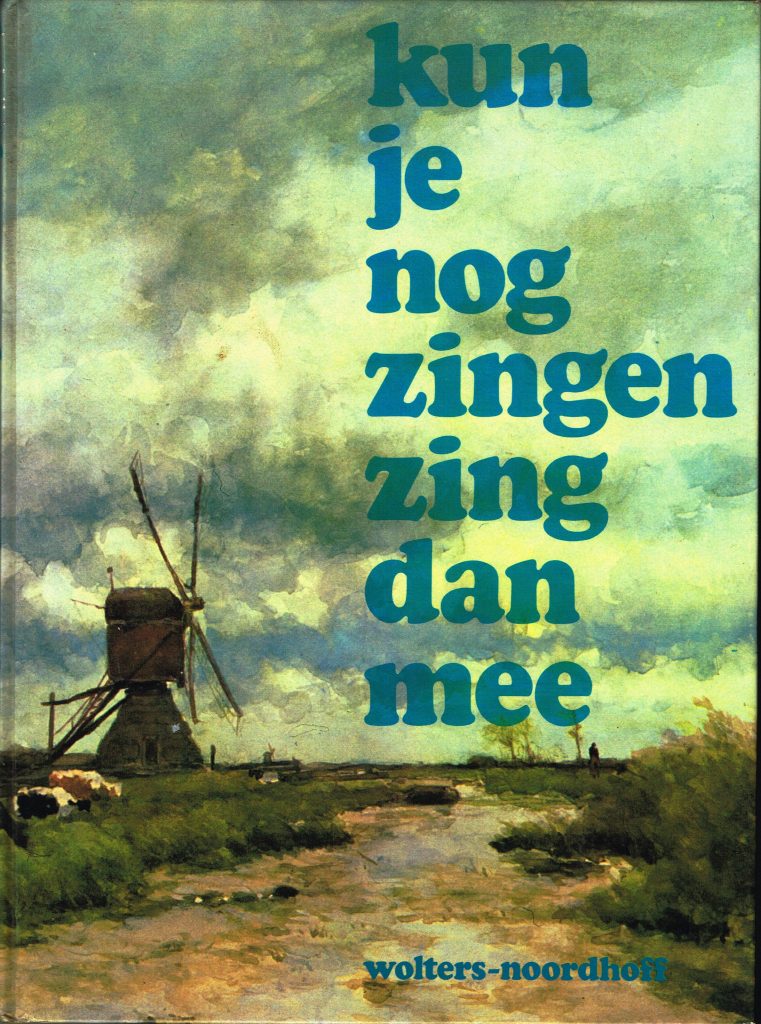
Perhaps a forerunner of these books was the ‘Nederlandsche Volksliederenboek’ from the late 1800s?
We could paraphrase ‘Kun je nog zingen, zing dan mee’ to ‘Kun je nog zoeken, zoek dan mee’. (If you can still search, search with us). We would love to hear from you if you have any information on the ‘Stichting Nederland ter Zee’.
See also:


